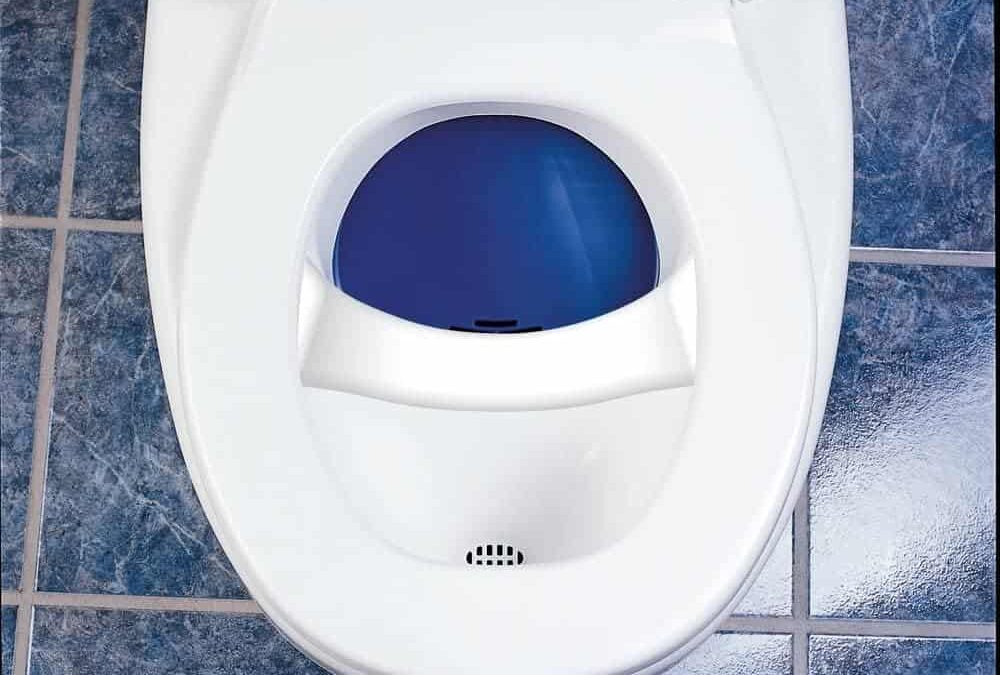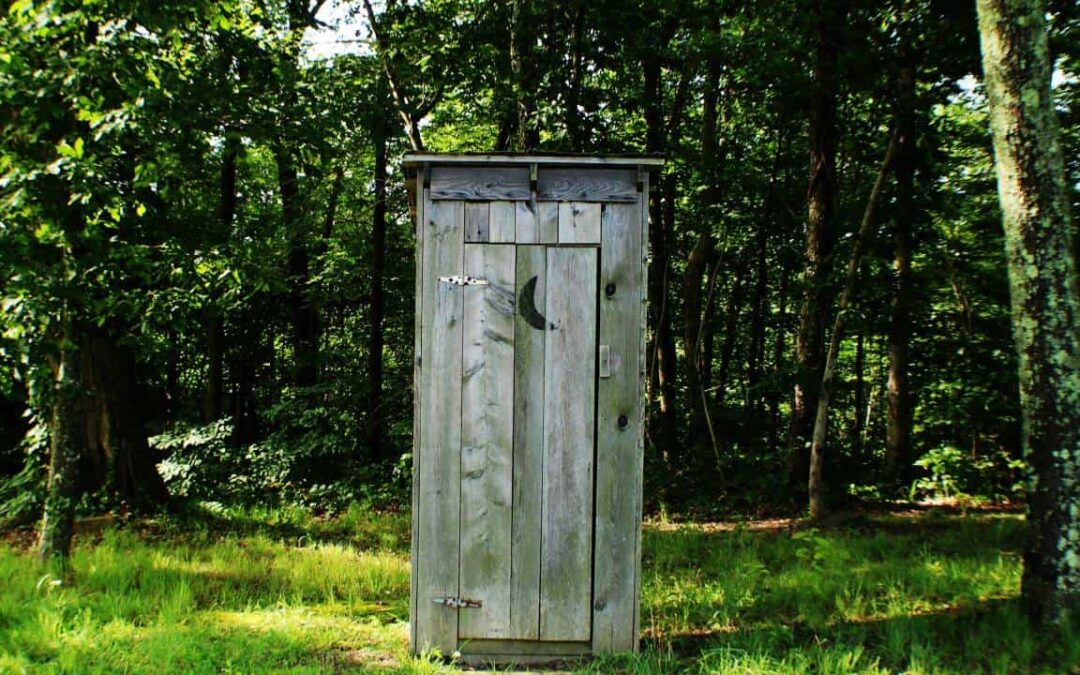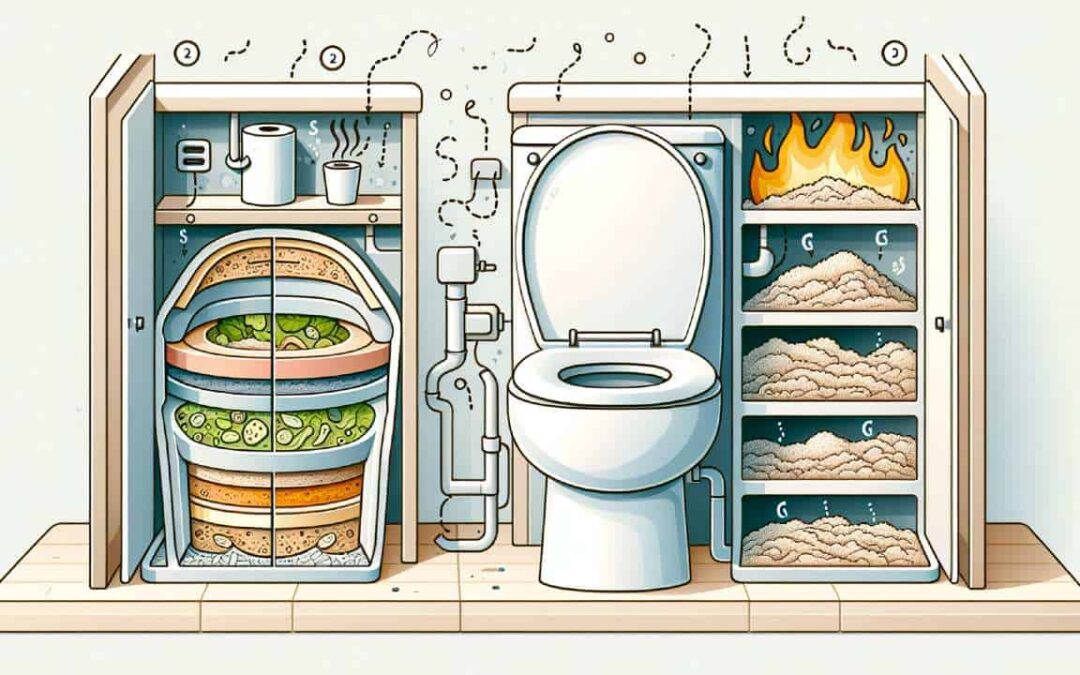Minimalism goes hand in hand with any form of tiny living. When your living space can be measured in dozens of square feet you have to reduce your possessions down to the minimum.
For many, beginning their minimalist journey or moving past the basics can be a daunting task. I’ve picked out several of the best books on Minimalism to help you learn new perspectives and practical skills for organizing and life.
1.Goodbye, Things: The New Japanese Minimalism by Fumio Sasaki

Fumio Sasaki has personally taken the minimalist ethos to the ends of possibility. At the age of 35 he realized that the things in his life were an oppressive presence in how he actually lived, and started taking steps to change it.
Goodbye, Things digs deep into his personal philosophy while also providing tangible, actionable steps you can take to change your mindset and improve your life. He does this through the exploration of his personal journey along with easy-to-digest advice and lists that help you start making fundamental changes in your own life.
One thing that stands out is his direct counterpoint to the “spark joy” of Marie Kondo. He points out that most people have many things in their life that spark joy in them but are nonetheless superfluous to who they are and how they live their lives.
I’ll be blunt here, Fumio Sasaki is a more extreme minimalist than I’ll ever be. He lives with the absolute minimum he needs, with little room for creature comforts or extras. Most of us won’t reach Fumio Sasaki’s level, but the advice he gives, both emotional and practical, is spot on for the minimalist lifestyle.
Personal Highlights
For the most part, we don’t need nearly as much stuff to live happily as we think we do. In chapter three he lays out his “55 Tips to Help You Say Goodbye to Your Things”, a mix of steps to take and mindsets to change to declutter your home, your mind, and your life.
A few that stood out to me were:
There are limits to the capacity of your brain, your energy, and your time.
A concept I try to remain mindful of in my life is decision fatigue. Fundamentally, there are only so many things that anyone can think about, decide, and hold in their minds at any one time. The more things you have to juggle, the more likely it is that something will fall.
Start with things that are clearly junk.
When I started on my minimalist journey I thought I was already doing reasonably well, especially since I’d only lived in my apartment a few months before I began. I was shocked to discover that I could fill several boxes purely with giveaway pens, old receipts, shoes/clothes that were too far gone to save, and all sorts of nonsense in between.
Start with these items before you get to the hard stuff.
Think of stores as your personal warehouses.
If you really need something, most of us are just a few minutes away from a store that has 12 different versions of it. The number of “come in handy one day” things in my parent’s house growing up, and how much sheer space they took up, is honestly staggering to think about now.
2. Ikigai: The Japanese Secret to a Long and Happy Life by Héctor García & Francesc Miralles

Ikigai is an ancient Japanese cultural concept that can literally be translated as “A reason for being”. The reasons for being are as diverse as people themselves, but ultimately come down to finding a sense of purpose, meaning, and motivation to keep going through every stage of life.
Ikigai is one form of the intentionality that drives people to minimalism. It’s the recognition that our lives are too full of things, whether they be physical or emotional, and that ultimately we must find our own meaning.
Garcia and Miralles explore Ikigai through the lives of Japanese supercentenarians and the uncommonly long-lived communities on Okinawa. It walks you through the day-to-day lives, loves, and joys of these extraordinarily long-lived people as a way to encourage you to think about the life you lead and the things, actions, and people within it that form your Ikigai.
These mental exercises encourage you to think about what in your life brings you meaning, satisfaction, and peace, and what is just there taking up space. It offers a good way to explore why minimalism appeals to you, what aspects of your life you’re already living intentionally, and where you can make changes.
It doesn’t offer much practical advice specific to minimizing your possessions or any actionable organizing tips, but that’s okay too. Knowing why you want to minimize and envisioning a life for yourself without all those things is just as important as knowing how to get to it.
Personal Highlights
What I loved most was the depth to which the authors explored the simple pleasures and small triumphs in the lives of those they chronicle. It explored their daily meals, the clothes they choose to wear, the actions they purposefully take, and how it relates to their Ikigai.
Life is a marathon, not a sprint, and reading Ikigai encouraged me to reflect on my own choices and think of ways to simplify parts of my life to focus on my Ikigai, my reason, my purpose, and the meaning behind it all.
3. The Life-Changing Magic of Tidying Up by Marie Kondo

Marie Kondo needs no introduction, but I’ll try to do her justice. The Life-Changing Magic of Tidying Up is undeniably one of the most widely read and influential books on minimalism.
Kondo encourages everyone to consider what they really need to be happy. She went with the delightfully chosen “spark of joy” as the metric for an item’s value in our lives.
Where many organizing books break down the task in sometimes idiosyncratic ways, KonMari focuses on a holistic approach to building long-term, sustainable change. Those looking to KonMari their homes move category by category as efficiently as they can and discard every item that doesn’t immediately spark joy when touched.
Kondo recognizes that the things and stuff in our lives are a defining part of who they are for many people. She doesn’t attempt to cut down to the bare minimum to survive in reasonable comfort, but recognizes that minimalism isn’t a one size fits all philosophy.
My minimalism, and the items that spark joy in me, will look significantly different to yours.
Once you get into the proper mindset to start the marathon of tidying the book delves deeply into the nitty gritty details and imparts long-lasting skills. If you’ve ever seen anything Kondo does you know she’s a folding fanatic.
There’s a fold for everything, and everything folded in place. For those who learn better visually, Kondo even released Spark Joy: An Illustrated Master Class on the Art of Organizing and Tidying Up.
It takes the easy-to-follow practical advice in The Life-Changing Magic of Tidying Up and offers gorgeous visuals to help make it stick.
Personal Highlights
As a writer, seeing how effortlessly and effectively Kondo laid out her work warmed my heart. The Life-Changing Magic of Tidying Up doesn’t meander, it doesn’t go off-topic, and it doesn’t take you down side paths.
It explains what it’s going to do, provides a strong argument for why, then gets down to the business of helping you embrace minimalism in your home.
4. The Power of Habit by Charles Duhigg

Why do we live the way we live when so many of us express the desire to change? Charles Duhigg, a veteran New York Times reporter, dug deep into the science of habits, habit formation, and how everyone can hijack the brain’s deep need for habit to improve their lives.
Minimalism, at its core, is learning to live comfortably with less. If we’re to succeed in that goal we have to be able to live sustainably in pathways and routines that adjust to the fewer things in our lives.
Habits are shortcuts for the brain so that it doesn’t have to work as hard. The ‘Habit Loop’ that Duhigg lays out early on is deceptively simple to understand yet can be extremely difficult to use successfully. By looking at some of the cues and patterns, I follow in my own day I was able to see how deeply habit is a part of my life and begin to change
The body receives a cue from the environment, say hunger, thirst, or boredom, and takes an action that it knows will resolve or reward that cue. With that information, we can identify the habits that lead us to accumulate more and more possessions and hold onto the ones we already have, and start to build new habits that reward intentionality and minimal choices.
Is it a perfect system?
No.
Is it easy?
Definitely not!
The brain is wired to do as little as possible whenever it can, making habits incredibly difficult to change once they’re set. The Habit Loop gives us the tools to at least identify the habits we already have and to begin to develop new, better ones.
Personal Highlights
The number of examples of habits, across such a broad range of situations, impacted me greatly. Many of us think of habit as something that affects the kinds of restaurants we eat at or the route we drive to get from home to work every morning.
Duhigg lays out in unarguable detail just how deeply ingrained habit is in the human psyche and what a massive range of everyday actions are determined by what our mind has come to expect. That led me down many paths that made changing habits and improving specific things much easier and more sustainable.
5. How to Organize Everything by Peter Walsh

As a child, I would sometimes take down my grandfather’s old copy of Encyclopedia Britannica, open it to a random page, and learn something new and (hopefully at least) interesting about the world. While reading How to Organize Everything I was suddenly reminded of that feeling, the thought that a great store of knowledge was open before me.
How to Organize Everything doesn’t deal with philosophy, intention, or even the basic why of things. It provides concise, actionable, and easy-to-follow instructions that help you organize, well, everything.
Walsh covers the usual organizational questions such as organizing closets, photos, schedules, storage, and your kitchen cabinets, but also leaves plenty of room for less common requests. He gives good advice on organizing paperwork, lists, planning a meal, getting your finances in order, and generally adding order to your life.
The advice isn’t always specific in the ways we might like, but I found value in almost every passage I read. How to Organize Everything is a quality guide to help add more organization to your home and life, but it isn’t intended to be a life-changing or profound work.
Personal Highlights
There’s a touch of humor in just about every bit of advice in How to Organize Everything. It took a topic that can sometimes be dry and uninteresting and put a bit of flair to it.
Some of it is silly bordering on ridiculous, including a delightful little passage on “how to organize an invasion”, and some of it is a little outdated, but the core principles of organization it provides will serve you well for most things.
6. The Minimalist Home: A Room-by-Room Guide to a Decluttered, Refocused Life by Joshua Becker

If you’ve heard of minimalism, maybe watched a few Youtube videos on the topic, but don’t have a good idea of what minimalism really is, this is the book for you. From the popular minimalist blogger Joshua Becker, The Minimalist Home covers the emotional baggage we all feel from the physical things that clutter up our home and fill our attention.
Becker details his position through both his personal experience and his friends’ experiences. He goes into the details of specific areas of the home, the things in them that weigh us down, and ways to make positive change.
It also provides a practical guide to decluttering and restyling every room in your home, step by step. Many minimalist books offer practical advice, but The Minimalist Home is arguably one of the best soup-to-nuts guide for the new minimalist to get a real feel for what a minimalist home can look like.
Even better, Becker takes great pains to show that minimalism doesn’t happen all at once and isn’t a one size fits all kind of lifestyle. He gives practical advice for each room of your home, and step by step guides to every drawer, closet, and space.
Don’t want to tackle your entire home all at once?
Start with a single room, or a single bookshelf in a room, and get a feel for what your minimalist aesthetic is.
The Minimalist Home provides an overview of minimalism, a breakdown of the benefits it can provide, and a clear, easy to implement and scalable guide to embracing a minimalist lifestyle. It’s an excellent book for those just dipping their toes into minimalism.
Personal Highlights
Many books on Minimalism I’ve read dig deep into the individual and the individualistic needs and actions you can take. Becker recognizes that couples and families cannot achieve minimalism unless everyone is involved and everyone has a say in what minimalism is to the household.
A minimalist bachelor pad is going to be significantly different than a minimalist family of six. Becker celebrates those differences and doesn’t try to shame parents if they find that they need more things when they’ve got kids running around, and that those things aren’t always sparkling clean and tucked away beautifully.
Final Thoughts
Despite what social media might make it out to be, minimalism isn’t a monolithic movement. To live a successful minimalist life requires flexibility and the willingness to embrace sustainable ideas and systems within our own lives.
The books above each explore a different element of minimalist thought, and provide skills and mindsets that can help anyone embrace minimalism more effectively.




